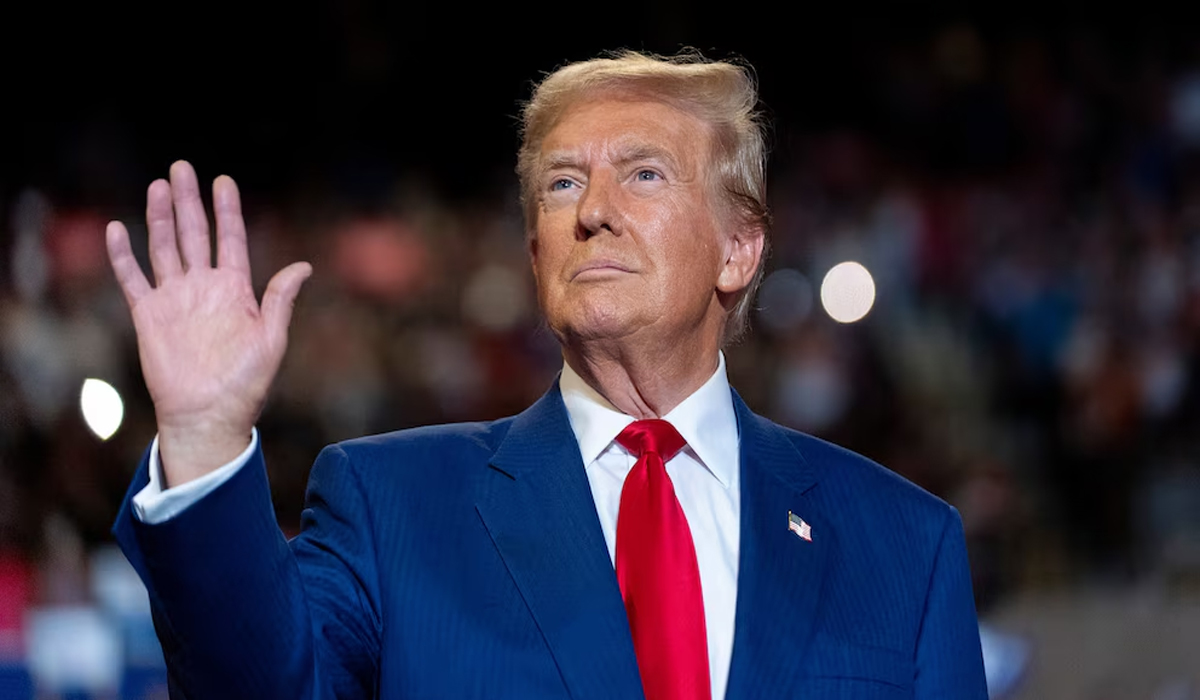
In a dramatic night on Capitol Hill, former U.S. President Donald Trump’s sweeping tax and spending proposal — dubbed the “Big Beautiful Bill” by his supporters — has taken a major step forward, but not without resistance. On June 27, the U.S. Senate voted 51-49 to begin formal debate on the measure, marking a crucial procedural victory for Trump and his Republican allies as they race against time to pass the legislation before the symbolic July 4th deadline. Vice President JD Vance, presiding over the Senate, was prepared to cast the tie-breaking vote, but ultimately did not need to.
While two Republican senators defected, joining Democrats in opposing the motion, the rest of the GOP rallied behind the bill, enabling it to proceed to the floor for debate. At the heart of the controversy is a \$3.8 trillion package that fuses populist tax policy with conservative fiscal priorities. Officially titled the “One Big Beautiful Act,” the bill proposes sweeping changes to the U.S. tax system and federal spending:Permanently extends the Trump-era tax cuts of 2017, which are set to expire in 2026. Eliminates federal taxes on tip income and overtime pay, a move Trump argues will immediately benefit working-class Americans.
Increases defense and border security funding, with significant boosts to the Pentagon’s budget and enhancements to southern border infrastructure. Strips away Biden-era clean energy tax incentives, which the bill’s supporters argue are expensive and inefficient. For Trump and his allies, the legislation represents both a return to familiar economic themes and an attempt to make good on his campaign promise of “America First” governance. “This bill is a statement,” a senior Trump campaign official said. “It says: we stand with workers, we stand for strong borders, and we’re reversing the damage done over the last four years.”
Trump has made clear that he wants the bill on his desk by Independence Day — a date loaded with symbolism and political stakes. “The Congress should immediately pass this bill and send it to the President’s desk by July 4th, 2025, to show the American people that they are serious about ‘promises made, promises kept,’” read a statement from the White House. Trump himself has taken a more combative tone in recent days, warning Republicans that failure to pass the legislation would be nothing short of betrayal. “President Trump is committed to keeping his promises,” the statement added.
“Failure to pass this bill would be the ultimate betrayal.” This sense of urgency has led to unusual moves on Capitol Hill. GOP leadership is reportedly urging lawmakers to forgo holiday plans to ensure they meet the tight legislative deadline. But not everyone shares the president’s enthusiasm. Democrats have mounted s t r o n g r e s i s t a n c e, criticizing the bill as fiscally reckless and ideologically extreme. Senate Minority Leader Chuck Schumer has called the proposal “a war on working families disguised as tax relief.”
To slow down proceedings, Democrats have demanded a full, public reading of the 940-page bill — a procedural move that could delay the debate by up to 15 hours. “Americans deserve to know what’s in this bill,” said Sen. Elizabeth Warren. “It’s full of handouts to the wealthy and slashes to healthcare and climate programs.”
Even within the Republican caucus, the bill is far from universally accepted. While the procedural vote succeeded, the party still faces the thornier challenge of securing final passage. A number of GOP senators have expressed reservations, particularly about the bill’s size, its impact on the deficit, and certain cuts to social programs like Medicaid and food assistance. One senior Republican aide described the internal negotiations as “tense,” noting that Senate leaders are trying to accommodate amendments to avoid losing more votes. “There are senators who want to be on board, but they need to see some changes first,” the aide said. The presence of Vice President Vance in the chamber underscored just how close the vote could have been — and how close it may be when the bill eventually comes up for a final tally. At stake is more than just a tax and spending bill. For Trump, this legislation is a defining piece of his second-term agenda.
It offers a blend of populist economic relief and hardline conservative policy that he hopes will define his political legacy and energize his base ahead of the 2026 midterms. But the path forward is anything but certain. With ideological fissures within the GOP and procedural r o a d b l o c k s f r o m Democrats, the next week on Capitol Hill promises to be as politically charged as it is consequential.
One senior Democrat summed it up bluntly: “This bill is a test — not just of Trump’s influence over his party, but of whether the Senate will rubber-stamp a massive reordering of federal priorities under the cover of patriotic slogans.” As lawmakers brace for long hours of debate and a likely barrage of amendments, one thing is clear: Trump’s “Big Beautiful Bill” is a legislative juggernaut — and one that could define the summer in Washington.
